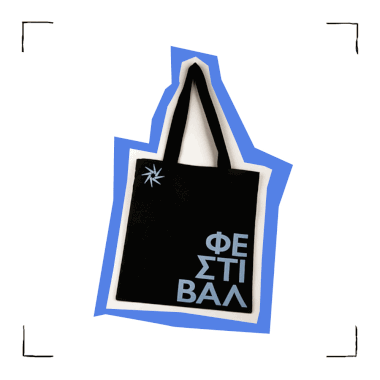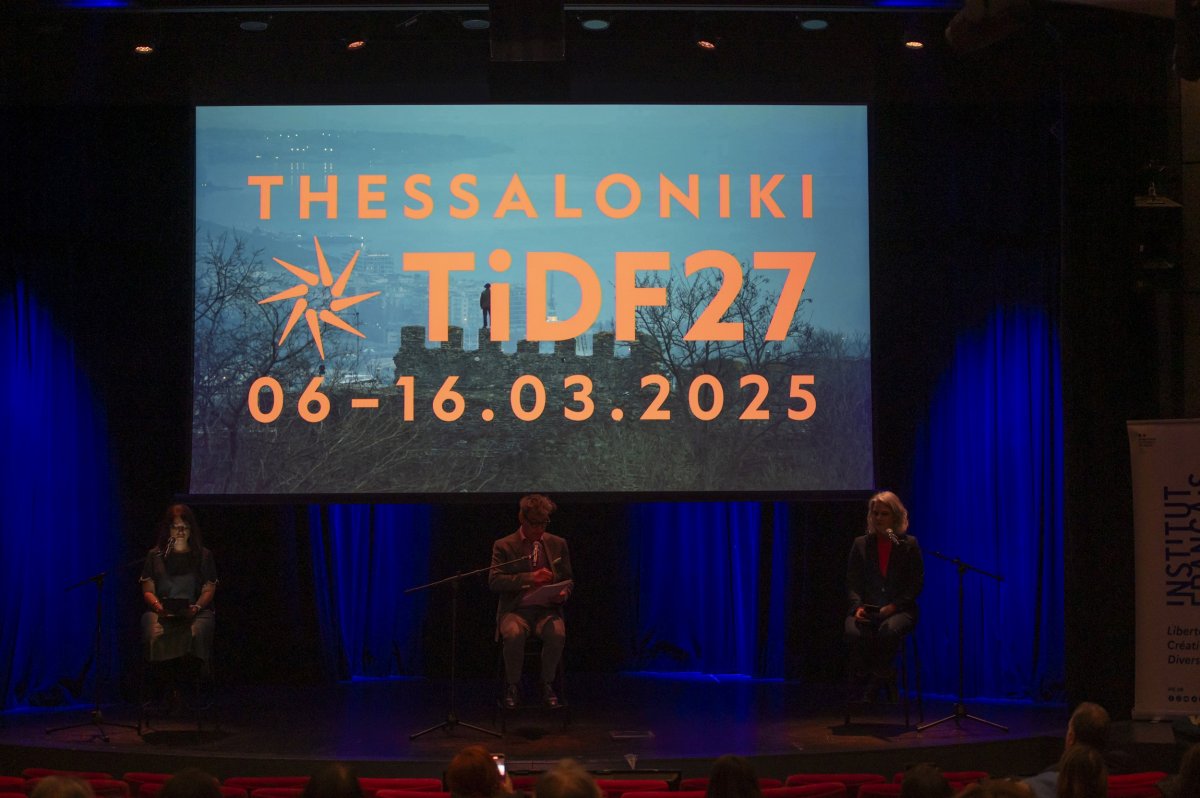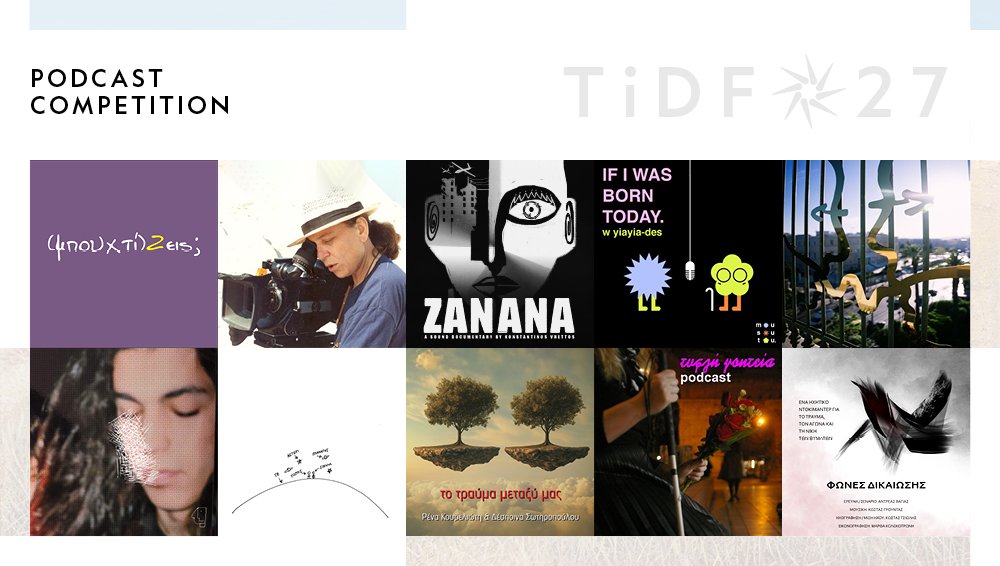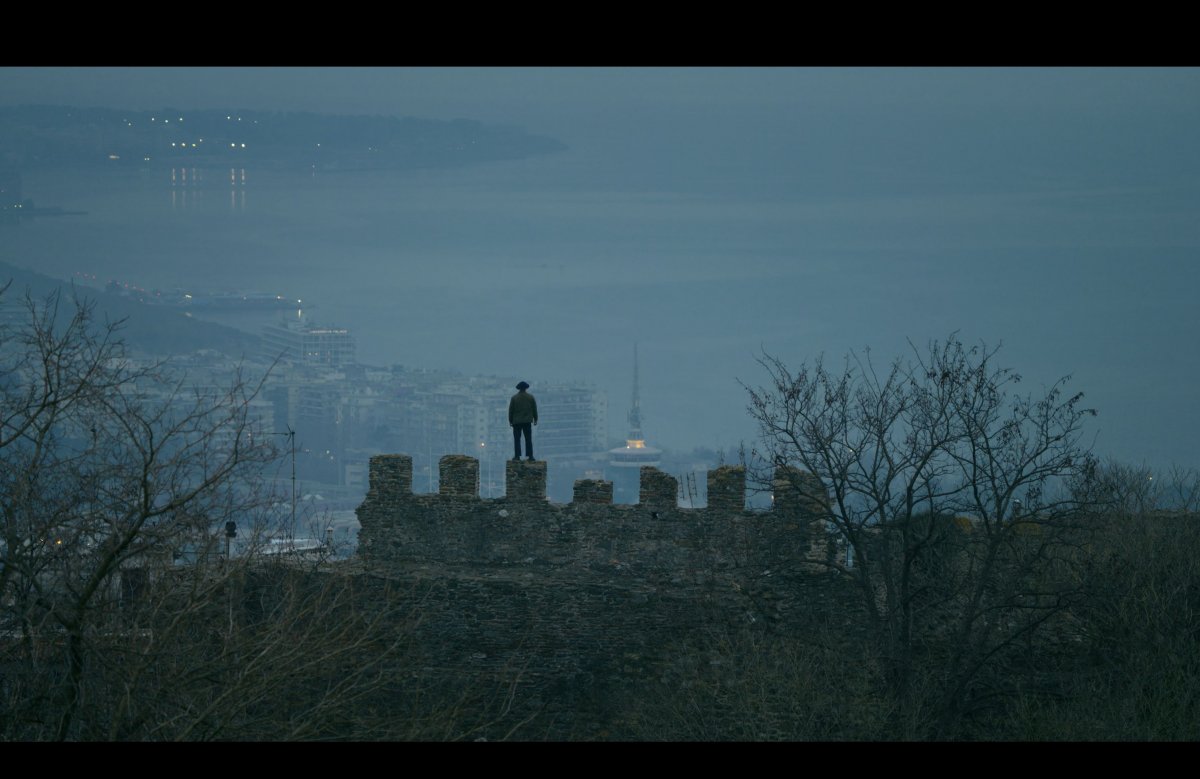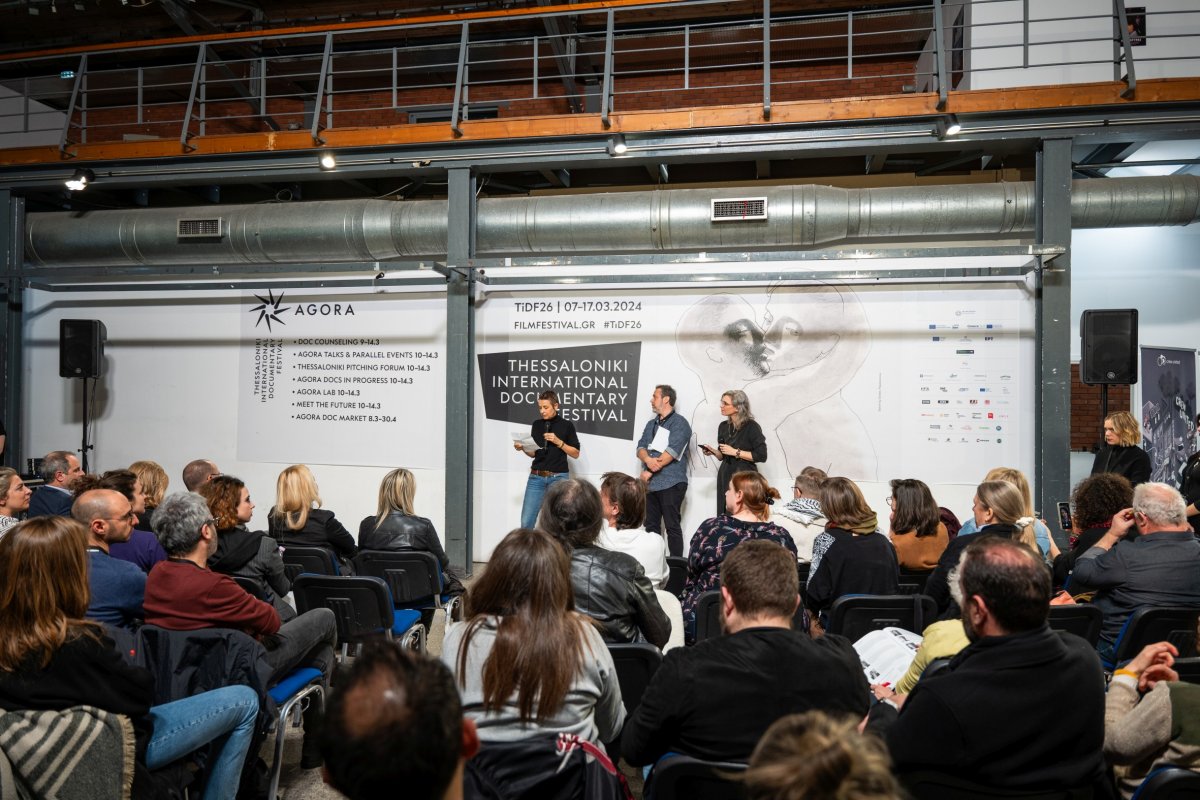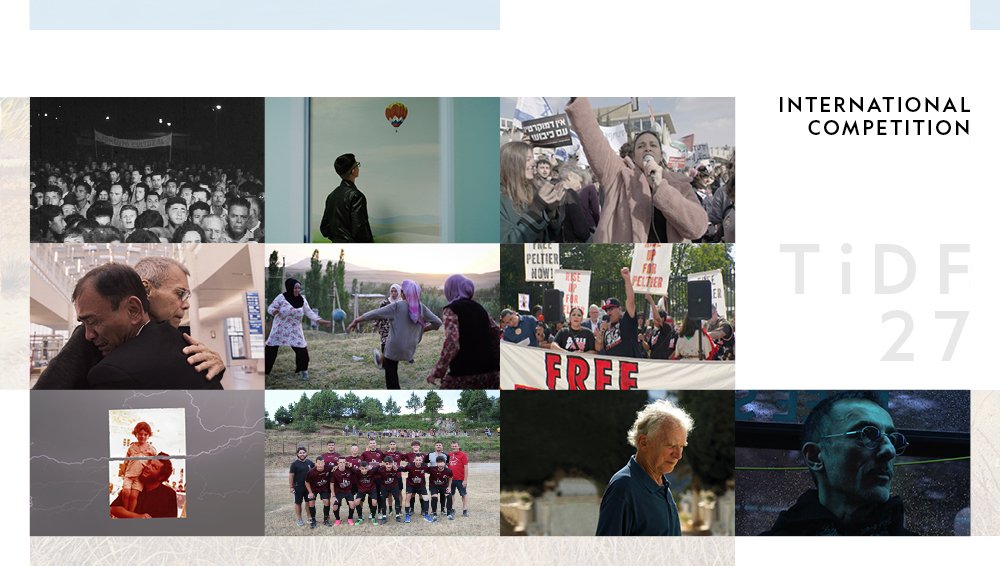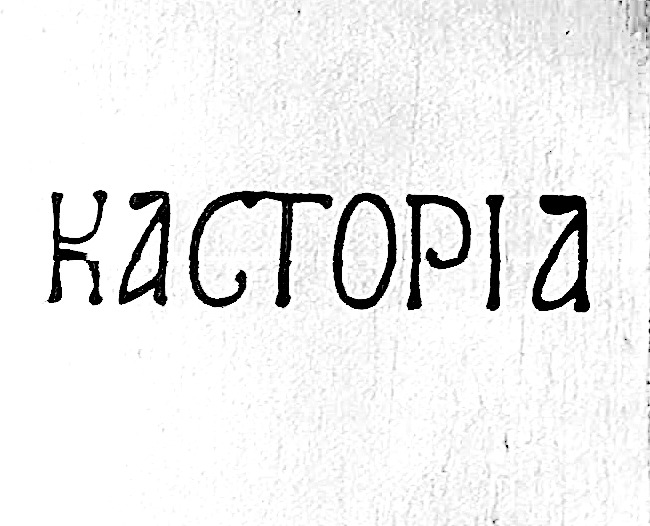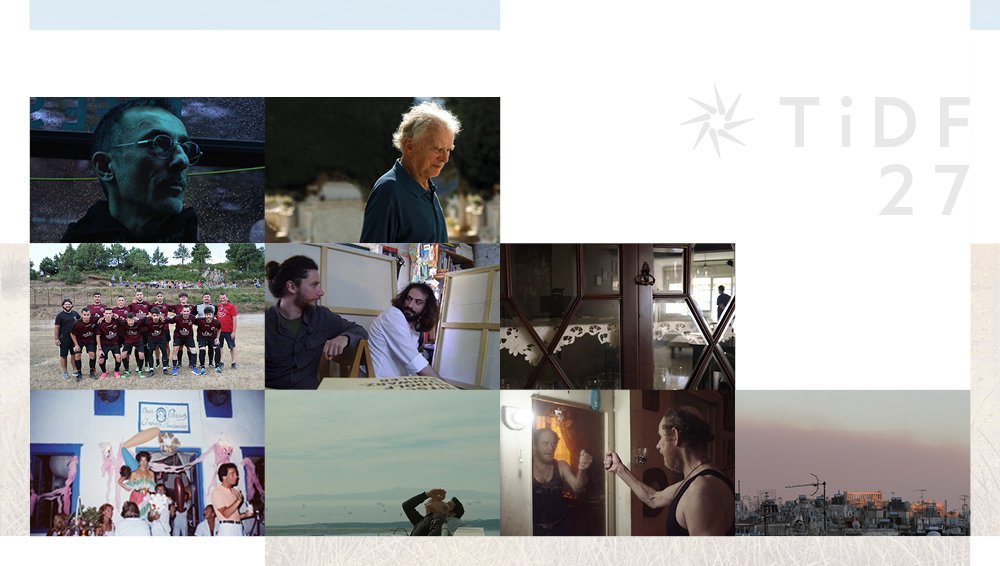16th DOC FILM HIGHLIGHTS
Documentaries that follow up on their… fictional counterparts, clay figures that recount the Khmer Rouge atrocities, guerilla fighters who re-define war correspondence – the 16th Thessaloniki Documentary Festival celebrates the documentary genre’s many facets. These are some of this year’s highlights:
- With an Oscar nomination for Best Foreign Language Film The Missing Picture (L'image manquante, Cambodia/France, 2013 – Recordings of Memory) by Rithy Panh, is a haunting account of the director’s experiences during the Pol Pot dictatorship. “For many years, I have been looking for the missing picture: a photograph taken between 1975 and 1979 by the Khmer Rouge when they ruled over Cambodia... On its own, of course, an image cannot prove mass murder, but it gives us cause for thought, prompts us to meditate, to record History”. Rithy Panh’s autobiographical chronicle employs clay figurines and archival footage, creating an affecting hybrid that touches upon issues of memory, history and representation.
- Returning to Thessaloniki with new projects are filmmakers Helena Trestikova (Vojta Lavicka: Ups and Downs), Claire Simon (Human Geography) και Santiago Mitre (Los posibles).
Helena Trestikova has been following musician, journalist and activist Vojta Lavicka for 16 years, documenting his life’s many ebbs and flows. Vojta Lavicka: Ups and Downs (Vojta Lavicka: Nahoru a Dolu, Czech Republic, 2013 – Portraits) not only captures Lavicka’s personality, desires, conflicts and existential reflections as a Romani, but also becomes a social examination of the Roma life in the Czech Republic. All along, Lavicka‘s music is interwoven with the film’s tapestry, as organically as it features in his life.
Not one face, but many, sees Claire Simon in the crowd with Human Geography (Geographie Humaine, France, 2013 – Habitat), her documentary about the Gare du Nord station in Paris. With Simon handling the camera, and Simon Merabet, a friend from southern France of Algerian origin, initiating the encounters with passengers and passers-by, the station emerges like a living entity which the people provide with oxygen. Shot on location, the film stands as an anthropological collage that comes as an ideal companion to Simon’s fiction film Gare du Nord, which was screened during the 54th TIFF last November.
Santiago Mitre follows his multi-award winning The Student with Los posibles (Argentina, 2013 – Music and Dance), a blend of documentary, choreography and testosterone. While being a recording of a dance play choreographed by Onofri Barbato, Los posibles goes beyond the plain registering of movement and manages to capture the dancers’ esoteric world – even though the dialogue is scant. The information that arrives only at the end, placing the men as members of Casa La Salle, a center of social integration, makes their dance even more stirring.
- The true stories behind… the true stories that the fiction films Argo by Ben Affleck and Dog Day Afternoon by Sidney Lumet were based on, are given their documentary versions.
Our Man in Tehran (Canada, 2013 – Recordings of Memory) by Drew Taylor and Larry Weinstein keeps a cool head while presenting the events that took place before and during the Iranian Hostage Crisis, focusing on the operation to save the six American diplomats that were hidden at the Canadian embassy in Tehran. The film centres mostly on the story of Canadian Ambassador Ken Taylor and the co-ordinated strategies of the Canadian and USA governments.
Even if John Wojtowicz were to never rob a bank to give his transsexual lover the money he needed for a sex-change operation, becoming thus an inspiration for a film and a celebrity in his own right, he’d still be a larger-than-life persona. In The Dog (USA, 2013 – Stories to Tell) Allison Berg and Frank Keraudren listen to John Wojtowicz, his family and friends, narrate the former’s life before, during and, more interestingly, after the infamous heist. Their stories paint a picture both of an eccentric character and of the evolution of the American gay culture.
- Whenever Muhammad Ali wasn’t fighting with his fists, he was raising his voice to speak against racism and prejudice. The film Trials of Muhammad Ali (USA, 2013 – Portraits) by Bill Siegel traces, not the athletic achievements for which the heavyweight boxer became famous, but the battles he fought outside the boxing ring – opposite the criticism of his conversion to Islam and the five years of prison he was sentenced with for refusing to serve in Vietnam, and, ultimately, against Parkinson’s disease.
- Basset, a young football star, and Ossama, his journalist friend, become symbols of the Syrian war in Return to Homs (Syria/Germany, 2013 – Human Rights). Director Talal Derki had unprecedented access to the activists’ daily life in the city of Homs, which has been under a continuing siege for two years now. Derki offers a first hand account and a crucial alternative to mainstream media coverage of the besieged city’s harrowing reality, highlighting at the same time the citizens’ acts of resistance. The recent developments in the region only stress the urgency in the heart of Return to Homs.


